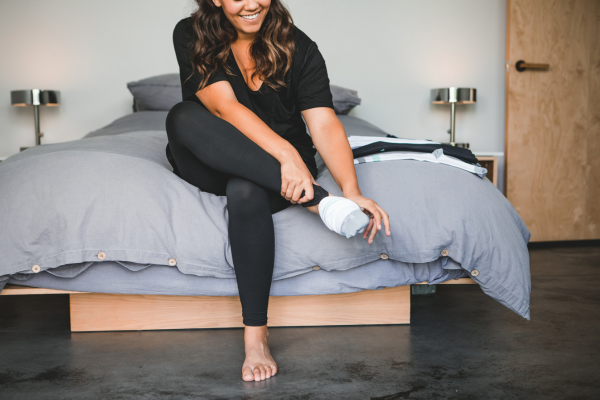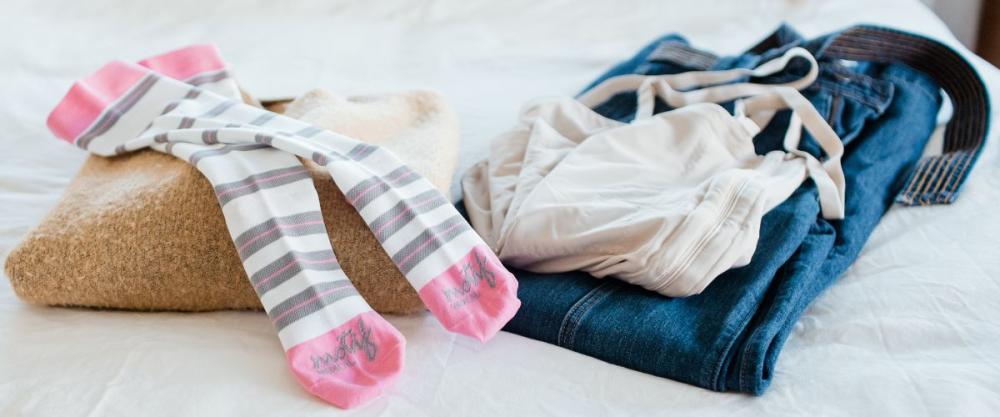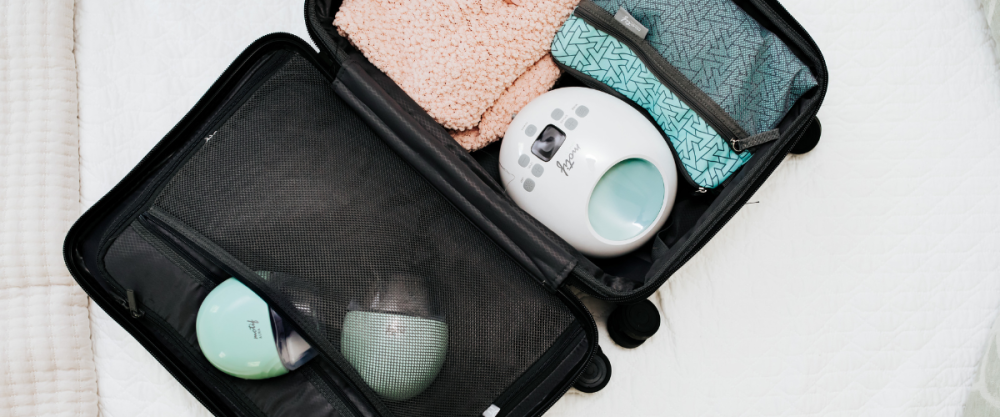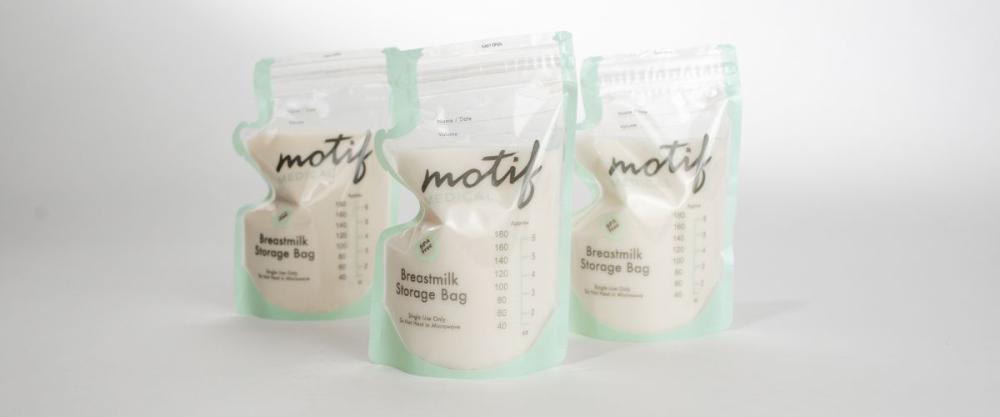In the United States approximately 1 out of every 4 babies are born by cesarean section. Some parents intend to give birth via a planned c-section and others have complications arise during the delivery that leads to a cesarean birth. With almost a quarter of deliveries taking place in the operating room, it is a good idea for all expectant parents to know how to best care for themselves after a cesarean birth. And if you're reading this article after you've already delivered your baby by c-section, then this information will be even more important for you to have!
Healing After Cesarean
The most important thing for any new parent to do is REST. This can't be emphasized enough! Your body has gone through so much in the last 9 months growing your precious little baby and the work of labor is real, regardless of if it is a vaginal birth or a cesarean section. Both modes of delivery are hard on the body and require time to rest and recover. In the weeks following birth, all you really need to do is rest and feed your baby. Outside of that, let your friends and family take care of your household and work obligations.
Swelling
It isn't uncommon to have swelling in your legs after you give birth by c-section, so you may want to consider wearing compression socks in the first week or so to help improve blood flow to your lower body. The compression socks will help to push out the extra fluid your body is holding, which will make your feet and legs more comfortable, too! Ideally you'll be getting up and walking to the bathroom every couple of hours, too. Although movement is good for increasing blood flow, you're going to be pretty sore after your c-section, so your activity will be very limited. For the most part that is good because you want to take the time to rest, but in order to avoid blood clots and leg cramps, it's helpful to move around every 2 hours and wear compression socks.
Cramping
Every new mom will experience abdominal cramping in the immediate postpartum. This is a normal, physiological process that your body uses to shrink your uterus back to its normal size and to slow your postpartum bleeding. But even though it's normal, those postpartum cramps can be really uncomfortable, especially if this is not your first baby. Using a heating pad or a postpartum recovery garment can be beneficial to ease the intensity of those postpartum contractions. And speaking of abdominal discomfort, your incision site will be pretty tender for some time, particularly when you cough or sneeze. Wearing a compression garment will make those actions more manageable, as the support it provides to the incision site will protect those tissues, even during quick, strong movements.
Recovery
After the first couple of weeks of rest, you're going to start slowly resuming your daily activities. This is another time when wearing a postpartum compression garment or band is particularly helpful. During pregnancy, your abdominal muscles are stretched and slightly separated to make space for baby and it takes several months for them to come back together and provide the usual support for your core. In this in-between time, your body can start to develop some new movement patterns that aren't the most efficient.


You can develop poor posture, low back pain, and shallow breathing because it feels more comfortable to your body to not need support from your abdominal wall. Making use of an abdominal support garment will give your core the structure it is used to having and allow you to maintain the functional movement patterns that are best for your body. You don't need to wear it all day for it to be useful, either. Just wearing a compression garment when you are most active or on your feet for a long period of time will help you keep good habits!
If you're a working mom and your job requires you to be on your feet a large portion of the day, both compression socks and an abdominal support garment can help you make the transition back to work more comfortable. We hope you will have rested during your maternity leave, so going back to work will be a change in activity level. Using compression to improve blood flow to your feet and legs and abdominal support to help out your back and abs will keep you more comfortable during the working hours. You may not find that you have to use them for long, but it's better to allow your body to slowly adjust to the change in daily activity than to make that jump all at once.
Incision Care
As your incision continues to heal, consider doing scar massage around the site to create mobility in the tissues. You can start by doing gentle circles and up-and-down massage on the skin around the incision with just your fingers or you can use massage oil, too. Slowly work your way closer to the scar tissue at the incision and when you are comfortable, you can massage the scar tissue, too. These soft massages will keep the scar tissue from becoming too firm and solid, which can create abdominal discomfort for you when you move or twist. Using a c-section recovery system after massage can encourage healing.
Be Kind to Yourself
If a c-section wasn't the way you wanted to birth your baby, give yourself the space to grieve the birth you didn't have. You can feel proud of all that you accomplished and grateful for your sweet baby and still be sad that things didn't go the way you wanted them to. Find someone you can talk to who will understand your emotions—if you don't have a partner or a friend who is a safe space, you can look for a therapist or find a cesarean group online to connect with. Part of the healing process will be working through the complex emotions that can come with a change in birth plans, so find the support you need to heal your mind, body, and heart.
Giving your body the time and space that it needs to heal after a cesarean section is no small task! Remember to be gentle with yourself—with your body and with your emotions. You have done an amazing thing by bringing a new person into the world! It's ok that it takes time for you to recover from that.
Information provided in blogs should not be used as a substitute for medical care or consultation.







